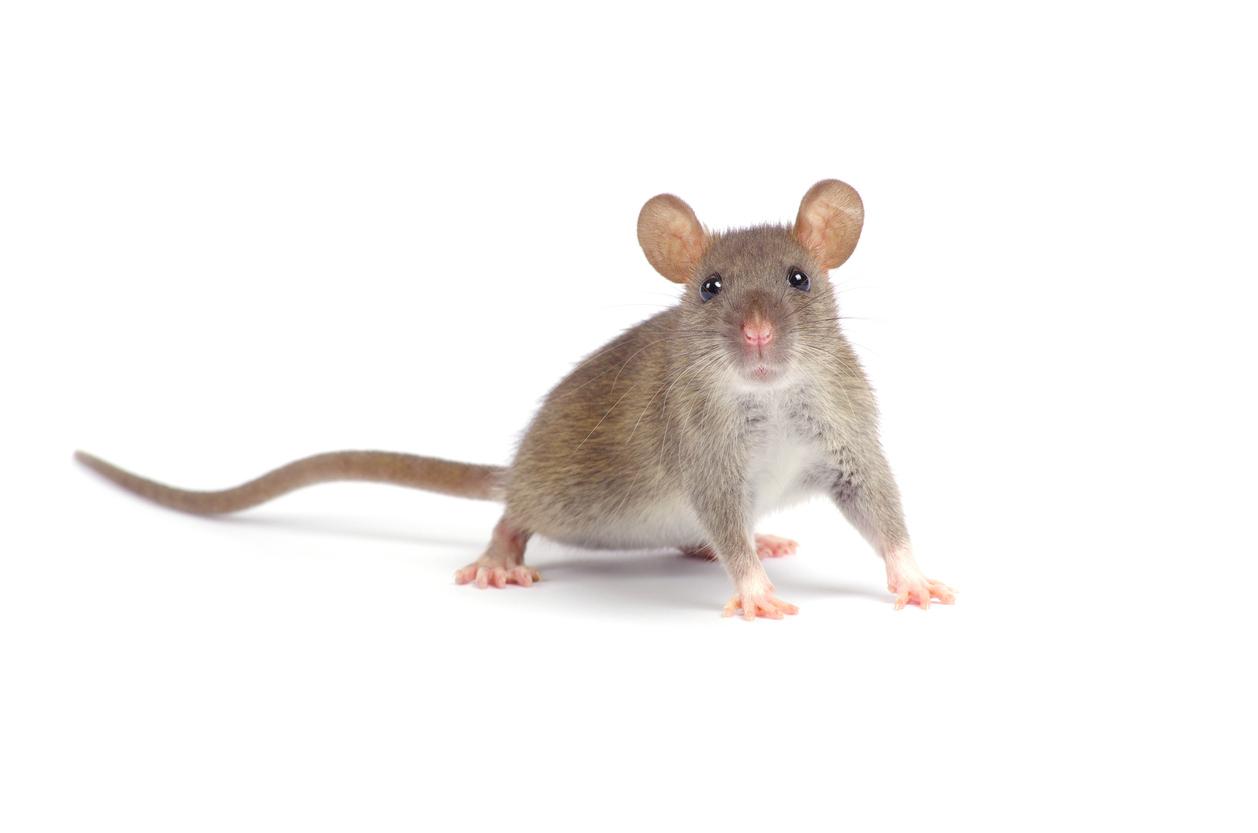“What we have done is truly avant-garde,” say the scientists behind this experiment.

- Two teams of scientists have created hybrid brain tissue with cells from mice and rats.
- To do this, they used a method called “blastocyst complementation”.
- The aim of this experiment is to enable more research into neurological diseases in humans.
For the first time, two teams of scientists have created hybrid brain tissue with cells from mice and rats. Although these two rodents may appear very close from the outside, they are indeed two distinct species and therefore a priori incompatible.
Hybrid rat and mouse brains: what method is used?
Previous experiments have shown that it is possible to replace a pancreas in a mouse using rat stem cells, using a method called “blastocyst complementation. Using this technique, stem cells from one species are injected into the very young embryo (or “blastocyst”) of another, where they develop and take on a missing function.
Building on this first experiment, the scientists wanted to know if the same thing could work with brain tissue.
To do this, a team led by Professor Jun Wu developed a system capable of identifying the genes responsible for the development of different types of brain tissue. They then discovered that a gene called “Hesx1” is necessary for the proper development of the forebrain in mice, and therefore generated blastocysts lacking this gene. Then they injected rat stem cells into the blastocysts and they were able to fill the gap. The mouse’s brain then developed normally.
Even though the brains of rats are larger than those of mice, this did not pose a problem. The hybrid brains grew at the same rate and size as non-hybrid mouse brains, and the rat and mouse-derived neurons were able to transmit signals to each other as if they both belonged to the same species .
At the same time, another research team led by Kristin Baldwin used blastocyst complementation to restore neural circuits in the mouse olfactory system.
Once again, the mice’s brains developed correctly and at the usual rate. “You could see rat cells in almost the entire mouse brain, which was quite surprising to us,” Baldwin said. “This tells us that there are few barriers to insertion, and it suggests that many types of mouse neurons can be replaced by similar rat neurons.”
Hybrid rat and mouse brains: why?
These hybrid brains could ultimately constitute a tool in the search for new treatments against neurological diseases in humans.
“Our aspiration now is to enrich pig organs with a certain percentage of human cells, with the aim of improving outcomes for organ recipients. There are still many technical and ethical challenges that we must overcome before to be able to test this in clinical trials”, Jun Wu concludes.
Both reports are published in cell.
















